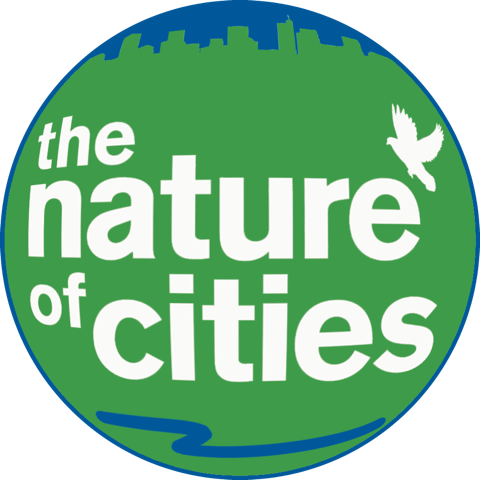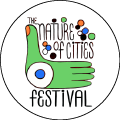13 January 2019
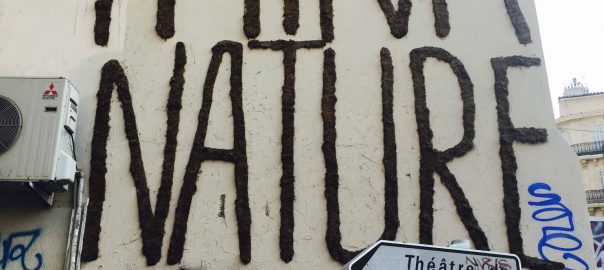
How can cities accelerate transitions to sustainability? That was the central question in the collaborative EU-funded research project called ARTS, in which researchers, policy makers, citizens, artists, and entrepreneurs co-reflected on pathways to fast-forward urban sustainability. Upon the request of many urban changemakers, we translated the academic findings into an...
1 Comment(s)Join our Conversation
11 January 2019
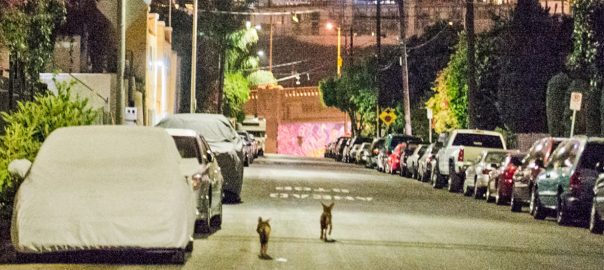
My husband went on his bicycle to get our Christmas standing rib roast (an extravagance of every few years) at the local artisanal butcher. The butcher is in the legendary Farmer’s Market in Los Angeles, corner of 3rdand Fairfax. It remains relatively authentic despite the immense Disneyesque mall just adjacent...
0 Comment(s)Join our Conversation
8 January 2019
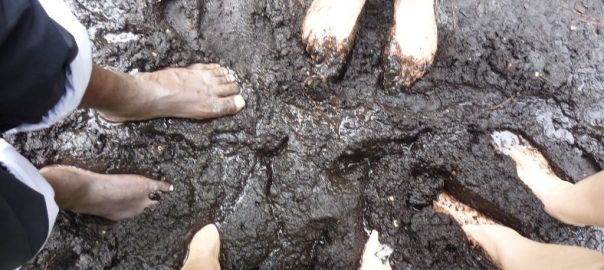
Soil is a unique living ecosystem that provides a wide range of services to people. It is the foundation of life on the planet, home to biodiversity, it regulates the water cycle, stores and filters water, is the basis for producing food and fuel, it facilitates the natural recycling of...
0 Comment(s)Join our Conversation
3 January 2019
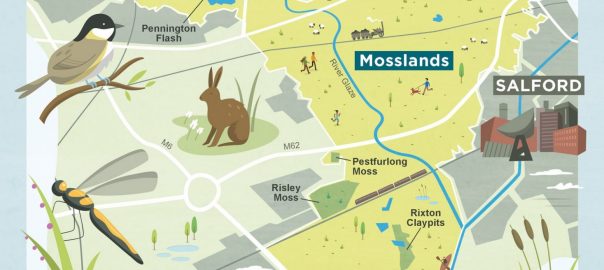
Less than an hour cycling out of central Manchester along the Bridgewater Canal takes you into a green and blue landscape. It only becomes clear that this is a post-industrial area when the infrastructure of a coalfield pithead rises up behind the trees. Further along the canal you encounter attractive...
0 Comment(s)Join our Conversation
29 December 2018

Today’s post celebrates some of the highlights from TNOC writing in 2018. These contributions—originating around the world—were one or more of widely read, offering novel points of view, and/or somehow disruptive in a useful way. All 1000+ TNOC essays and roundtables are worthwhile reads, of course, but what follows will give you a...
0 Comment(s)Join our Conversation
20 December 2018
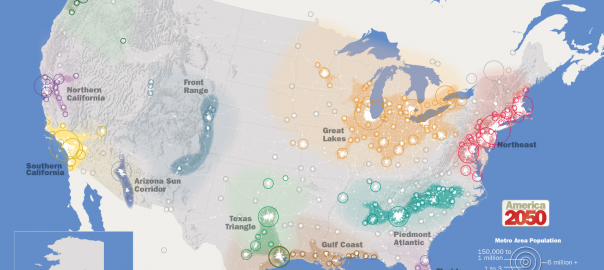
When I started my career in land and water conservation almost 25 years ago, cities and nature were usually seen as two separate things. Many strategic conservation planning efforts focused on finding the best places to protect nature from people. But as we have learned from The Nature of Cities and...
1 Comment(s)Join our Conversation
12 December 2018
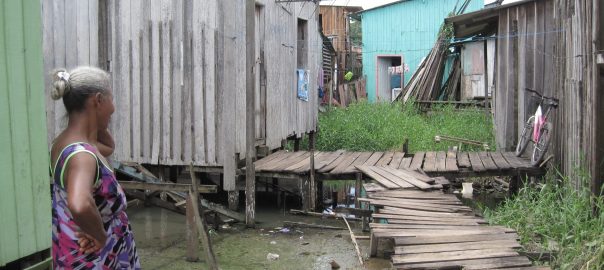
People have lived in and around the Una Hydrographic Basin for as long as the city of Belém itself. Belém is the largest urban center in the Amazon River Delta, with a population that exceeds 2 million people in its metropolitan region. Beginning at Guajará Bay, the Una Basin comprises...
0 Comment(s)Join our Conversation
7 December 2018
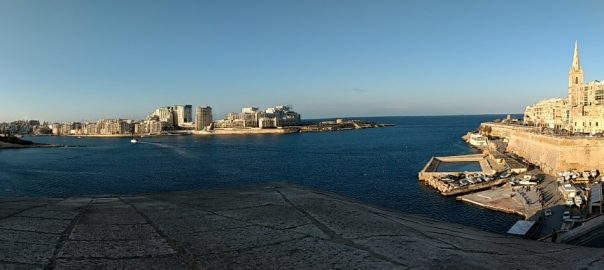
With an area of just 316 Km2and a population of more than 475,000, Malta is the smallest member country of the European Union (EU). This island state has been moulded through human action since the first recorded human settlement more than 7000 years ago. Today, more than 30 percent of...
0 Comment(s)Join our Conversation
1 December 2018
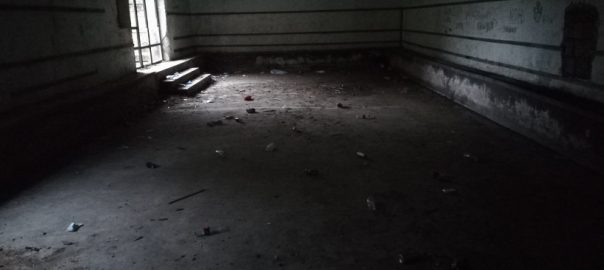
It has been raining all afternoon in Megali Sterna, a village in the north of Greece, and, from the empty and closed café we have been sitting in for hours, it looks like the rain will continue into the evening. We scan the neighborhood for a dry place to pitch...
0 Comment(s)Join our Conversation
27 November 2018
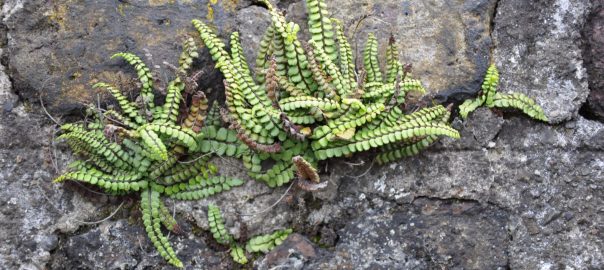
7 Comment(s)
Join our Conversation
26 November 2018
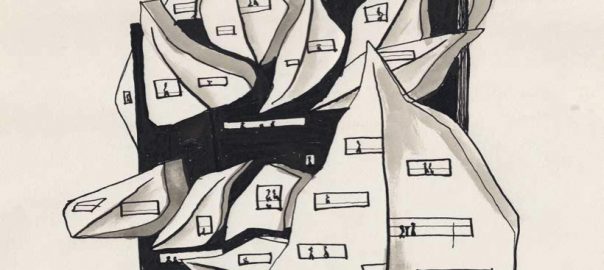
(This is a recasting of an essay of the same title recently published in the limited circulation Ecocity World newsletter) “You say you want a revolution Well, you know We all want to change the world You tell me that it’s evolution Well, you know We all want to change...
0 Comment(s)Join our Conversation
22 November 2018
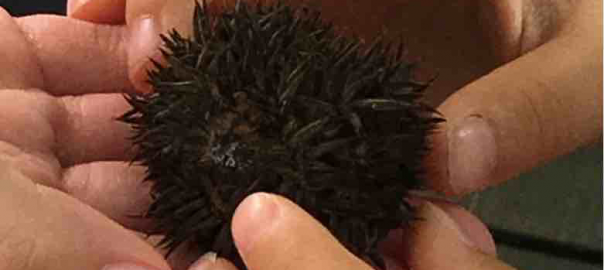
From early on as a family, we considered ourselves to be fairly knowledgeable about environmental issues, such as plastic pollution, deforestation, and global warming from all we’d learnt through the media. We recycled. We bought fair-trade items like chocolate and bananas. We also participated in environmental initiatives like a national...
0 Comment(s)Join our Conversation
18 November 2018
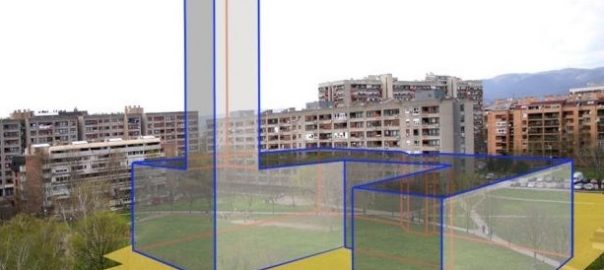
When we consider planning for green infrastructure, we typically think forward to what kind of city we might imagine for the future. Far less frequently do we consider the history of the city and how past generations have shaped the green spaces and the activities and meanings related to them....
2 Comment(s)Join our Conversation
14 November 2018
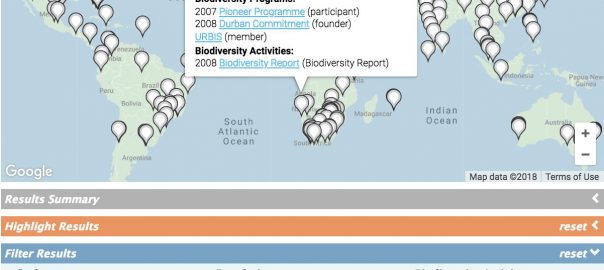
Cities that plan for biodiversity recognize the potential of healthy ecosystems to mitigate urban problems and enhance quality of life but, due to limited capacity, can struggle with developing and managing their biodiversity strategies. Our team at the Urban Biodiversity Hub (UBHub) has compiled thousands of examples of biodiversity work...
0 Comment(s)Join our Conversation
12 November 2018
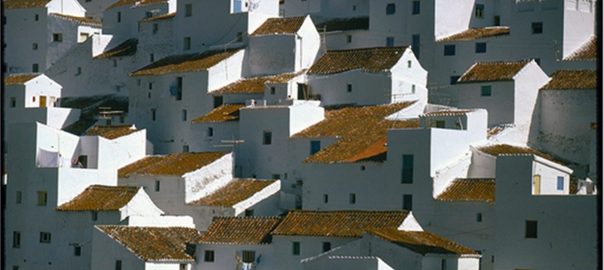
Urban trees and tree planting is like a contemporary urban planner’s holy grail—more trees means a better city, and better city assumedly means a better quality of life for city residents. But why is this the case? I’ve set out here to reflect on this. Why the focus on urban...
6 Comment(s)Join our Conversation
8 November 2018
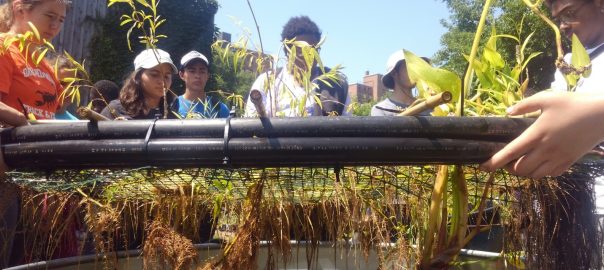
While the urban sustainability movement has had many successes over the past decades, the benefits have been disproportionately befitted affluent residents. This is partly on account of the fact that sustainability discourse over recent years has placed a stronger emphasis on the “environmental” and “economic” aspects of sustainability, largely ignoring...
1 Comment(s)Join our Conversation
5 November 2018
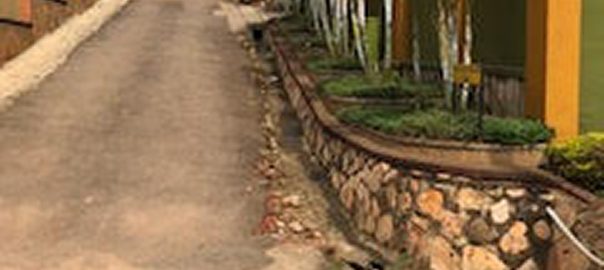
Walls that talk are not found in haunted houses or buildings but rather symbolic to the phenomenon of greening residential fences using organic plant species, in ways that non-verbally speak to the broader goal of re-naturing cities. This is happening in Kampala city, where vertical structures with walls that have...
1 Comment(s)Join our Conversation
2 November 2018
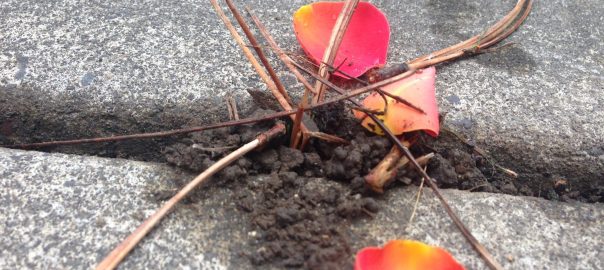
The soil is alive and there is a whole ecosystem waiting to be explored, right below our feet. Anywhere in the city, where there are leaves and some cracks in the sidewalk, there is life underneath us! The soil is a living complex of roots, bacteria, fungi, substrate (rocks, sand...
4 Comment(s)Join our Conversation
29 October 2018

Record-breaking disaster losses, unprecedented storms and heat waves, and stark warnings in the most recent IPCC report all point to an urgent need for local governments around the world to prepare for climate change impacts. Consequently, many cities have developed climate change adaptation plans that outline projected climate change impacts...
0 Comment(s)Join our Conversation
25 October 2018
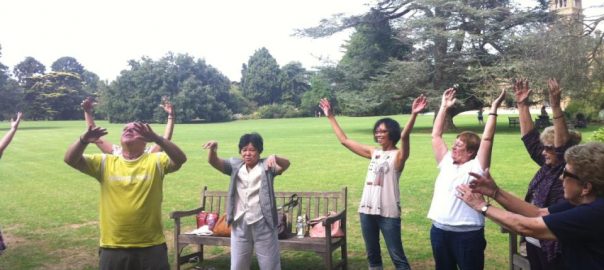
As readers of the Nature of Cities are no doubt aware, we are living in what could rightly be called the urban century, with 2.4 billion more people forecast to live in cities by 2050. In a recent essay in Sustainable Earth, my coauthors, Tim Beatley, Thomas Elmqvist and I...
0 Comment(s)Join our Conversation

